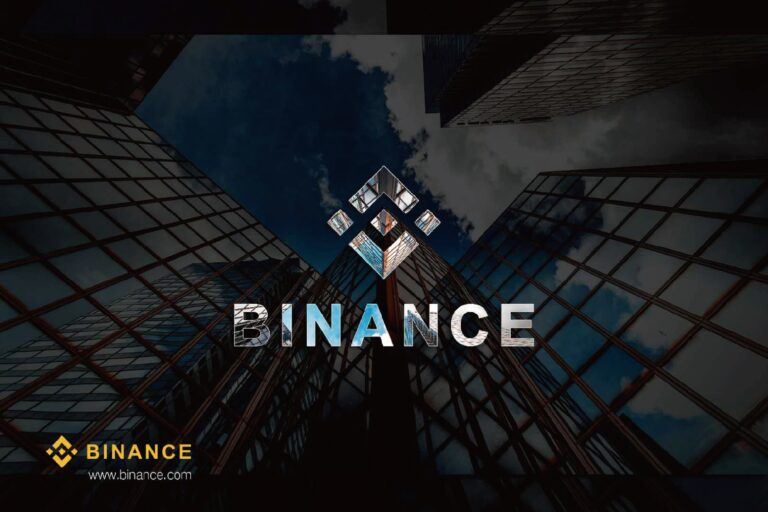The management at Binance, the world’s largest cryptoasset exchange in terms of trading volume, recently published a blog post in which they explained how margin trading works and how traders can potentially benefit from it.
As noted on Binance’s official website, margin trading involves executing trades by using the funds “provided by a third party.” The main advantage of margin trading is that traders are able to access more capital (while trading). This allows them to “leverage their positions”, Binance’s blog mentioned.
Margin Trading Increasingly Being Used In Crypto Markets
In other words, margin trading lets traders “amplify trading results” by being able to “realize” greater returns on “successful trades”, Binance’s management wrote. According to the Malta- based digital asset exchange, margin trading is a widely-used trading method in low-volatility markets – including international Forex, stock, and commodity markets.
The commonly-used trading method is also becoming quite popular in cryptocurrency markets, Binance’s team revealed.
What Is Margin Trading?
As mentioned in Binance’s blog, investment brokers usually allow traders to borrow funds in order to conduct margin trading in traditional markets. Meanwhile, margin traders in the cryptocurrency market typically borrow assets from other crypto investors. The lenders “earn interest based on market demand for margin funds”, the Binance team explained.
Binance’s blog also stated that there are some digital asset trading platforms that let users borrow funds to engage in margin trading. Going on to explain how the widely-used trading technique works, Binance’s management wrote:
When a margin trade is initiated, the trader will be required to commit a percentage of the total order value. This initial investment is known as the margin, and it is closely related to the concept of leverage.
The Binance team added: “Margin trading accounts are used to create leveraged trading, and the leverage describes the ratio of borrowed funds to the margin. For example, to open a $100,000 trade at a leverage of 10:1, a trader would need to commit $10,000 of their capital.”
The management at Binance further noted that “a typical 2:1 ratio” is used in traditional stock markets while futures contracts are usually traded at “a 15:1 leverage.” Notably, margin trading in forex markets allows traders to access as much as 50x leverage (or a 50:1 ratio).
Margin Trading In Cryptoasset Markets
Meanwhile, in cryptoasset markets, the ratios for margin trading normally range “from 2:1 to 100:1” and it can be used to enter both long and short positions, Binance’s blog stated. Clarifying how margin trading works on most crypto trading platforms, the exchange’s blog mentioned:
While the margin position is open, the trader’s assets act as collateral for the borrowed funds…[This means that] most brokerages reserve the right to force the sale of these assets in case the market moves against their position (above or below a certain threshold).
For example, if a crypto trader enters a long leveraged position, “they could be margin called” if the price of the traded asset declines considerably, Binance’s blog explained. It added that a margin call takes place when traders are requested to transfer more funds to their margin account “in order to reach the minimum margin trading requirements.”
If traders are unable to deposit sufficient funds, their holdings are “liquidated to cover their losses”, the Binance team noted.
“Opening Several Positions with Relatively Small Amounts”
In addition to allowing traders to potentially realize larger profits, Binance’s blog mentioned that margin trading “can be useful for diversification.” This, as the popular trading method lets traders “open several positions with relatively small amounts” of capital, the exchange’s management wrote.
Another advantage of opening a margin account is that it makes it more convenient for cryptocurrency traders to enter positions “quickly without having to shift large sums of money to their accounts”, Binance’s blog stated.
Disadvantages, or Drawbacks of Margin Trading
While margin trading can be profitable, there are also disadvantages such as potentially “increasing losses in the same way that it can increase gains”, Binance’s team cautioned. Explaining the differences between margin and normal trading, Binance’s blog noted:
Unlike the regular spot trading, margin trading introduces the possibility of losses that exceed a trader's initial investment and, as such, is considered a high-risk trading method.
Binance’s blog further mentioned: “Depending on the amount of leverage involved in a trade, even a small drop in the market price may cause substantial losses for traders.”
Due to these risks, it’s recommended that crypto investors who engage in margin trading use appropriate “risk-management” techniques and also properly utilize “risk mitigation” strategies, the Binance team wrote.
On May 24, 2019, a Binance representative confirmed that the leading Malta-based cryptoasset exchange will be launching margin trading soon.









